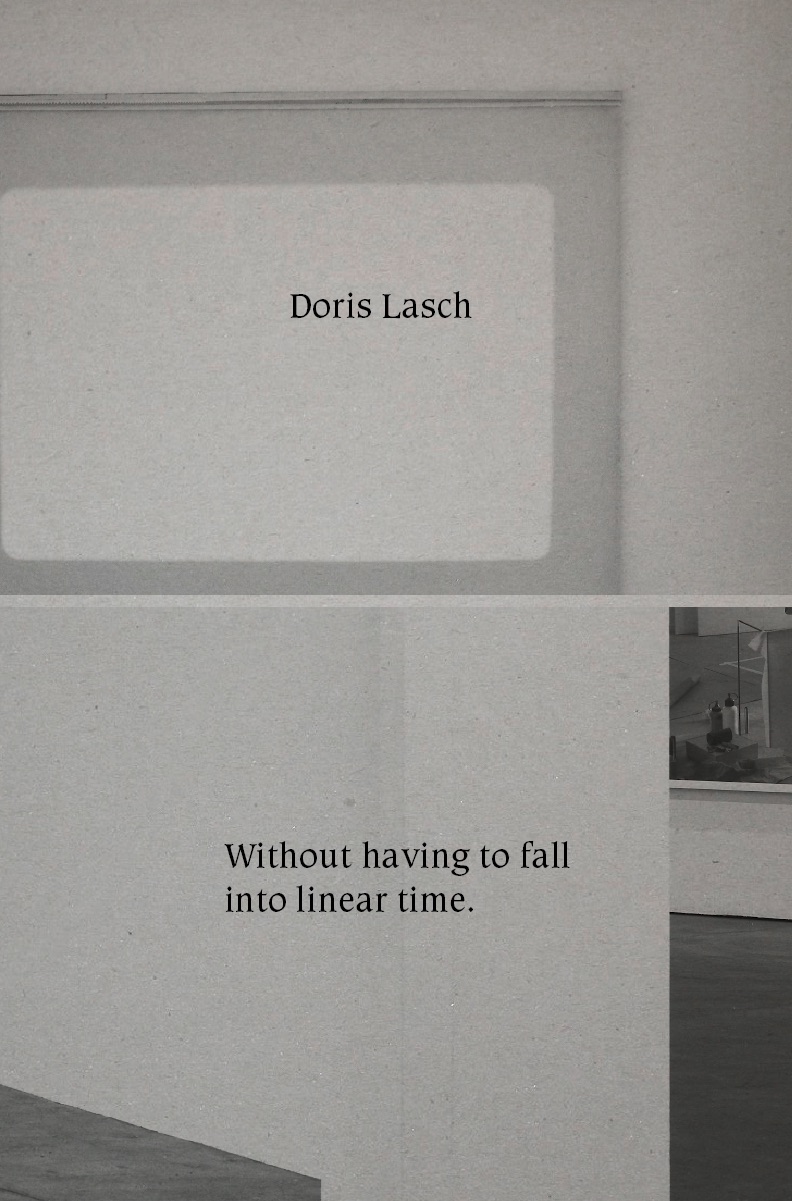Doris Lasch
20.1. —
19.3.2017
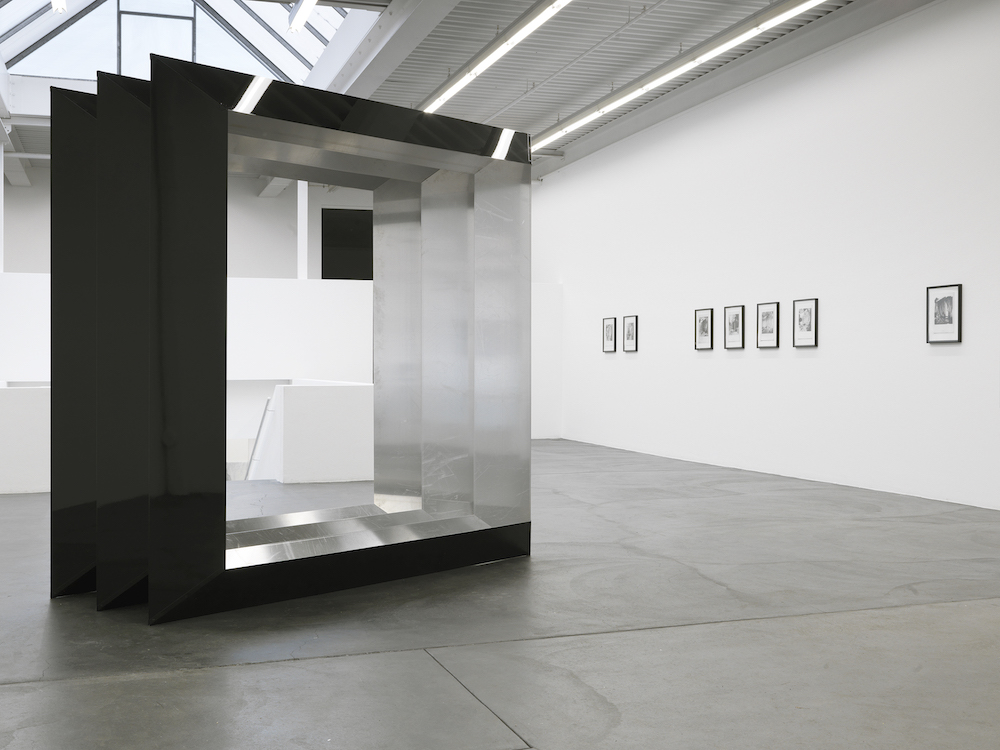
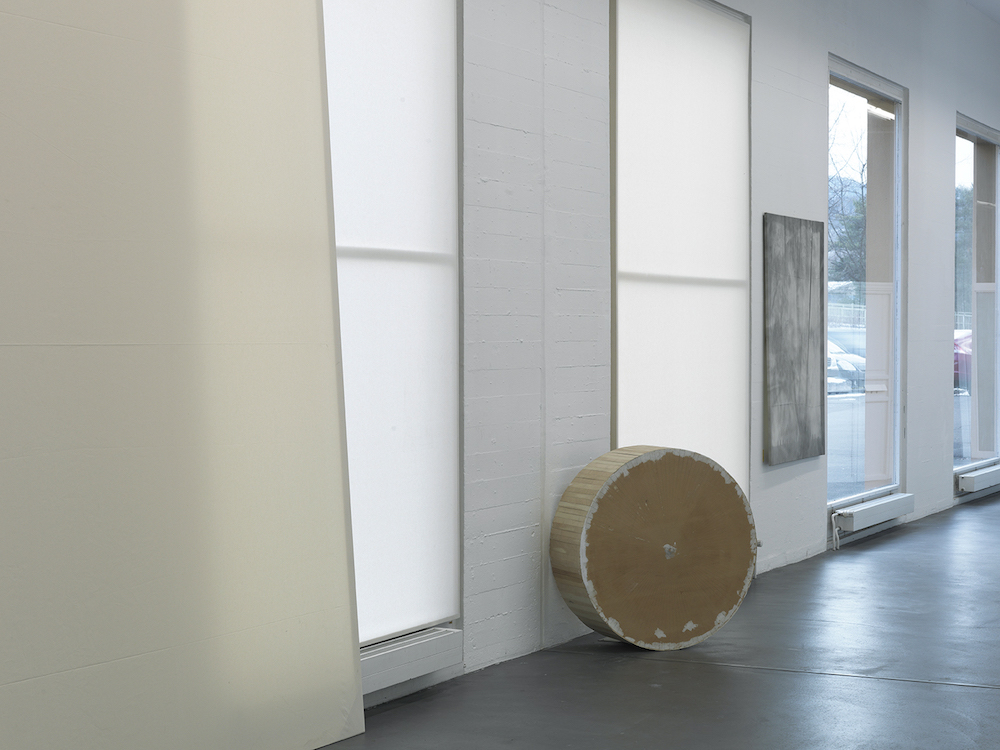
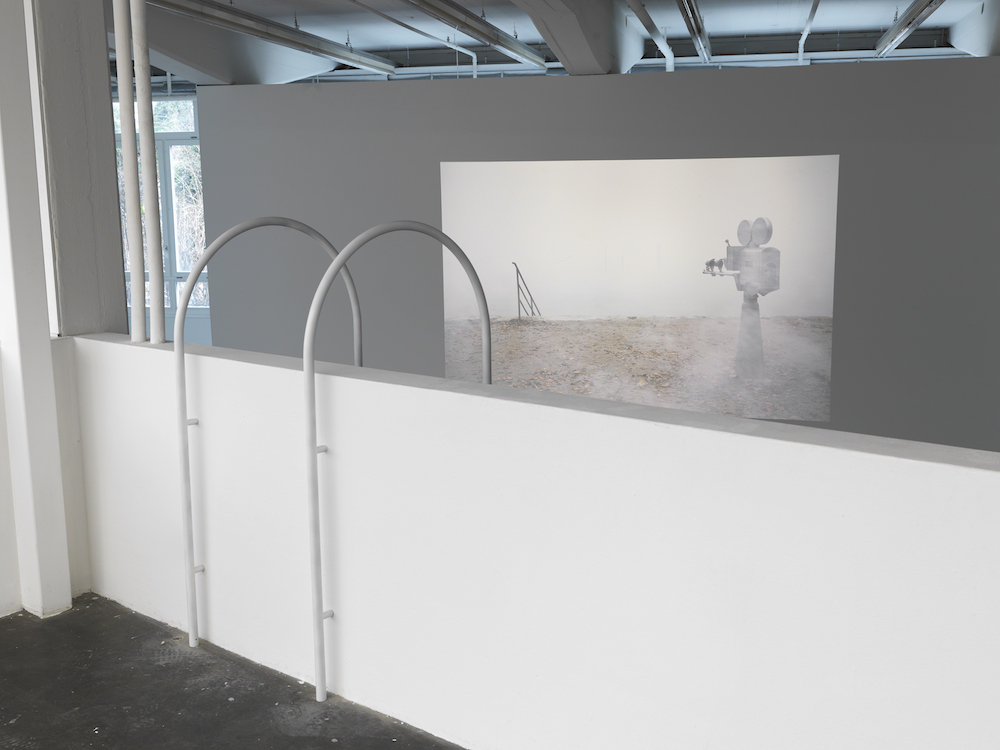
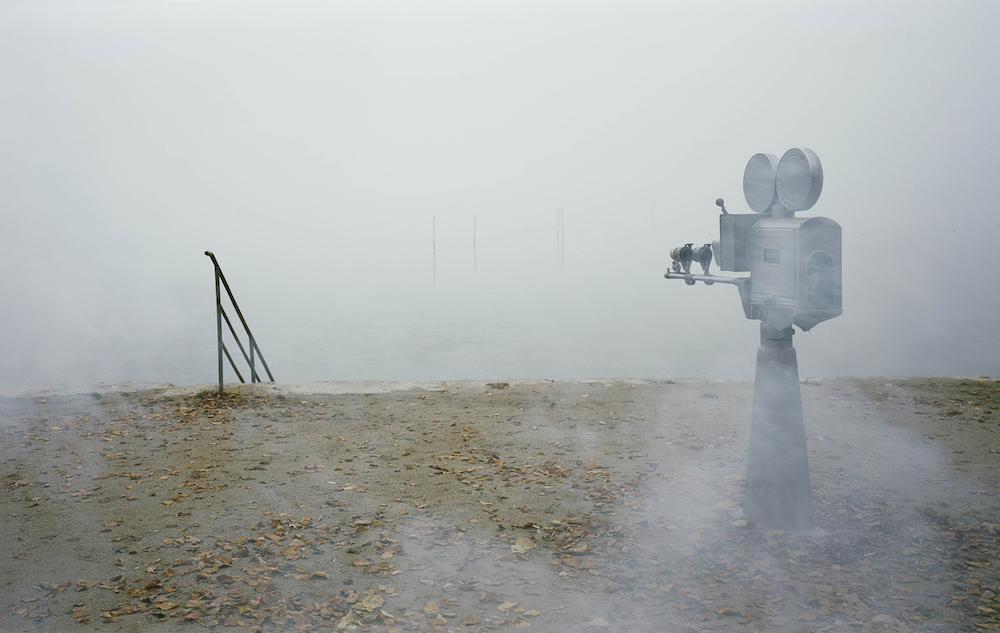
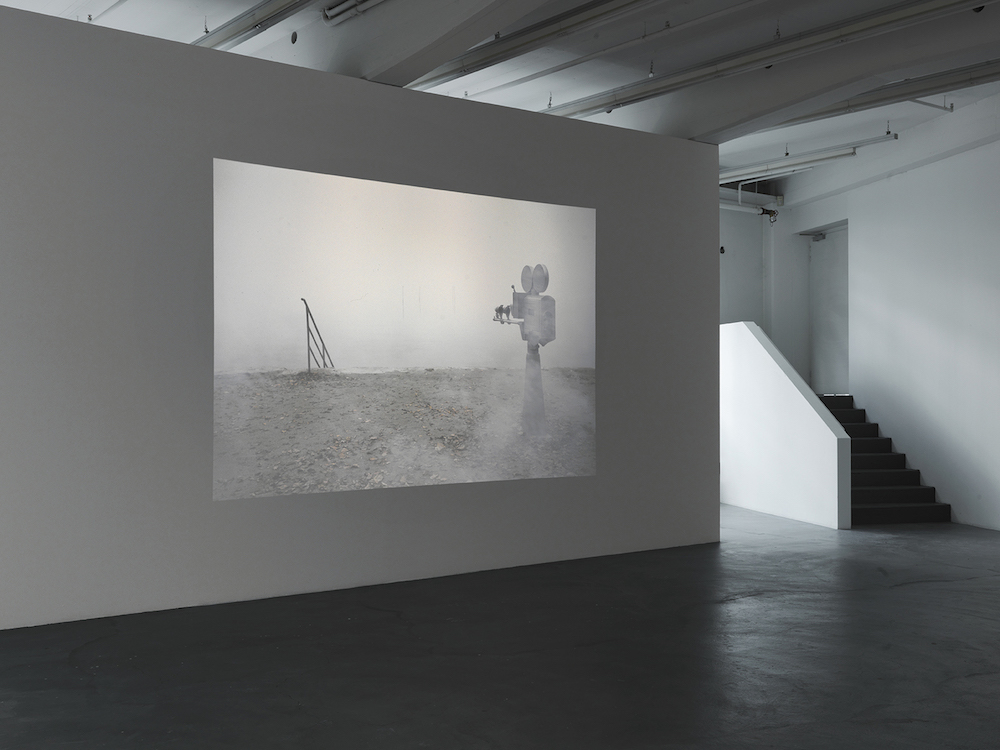
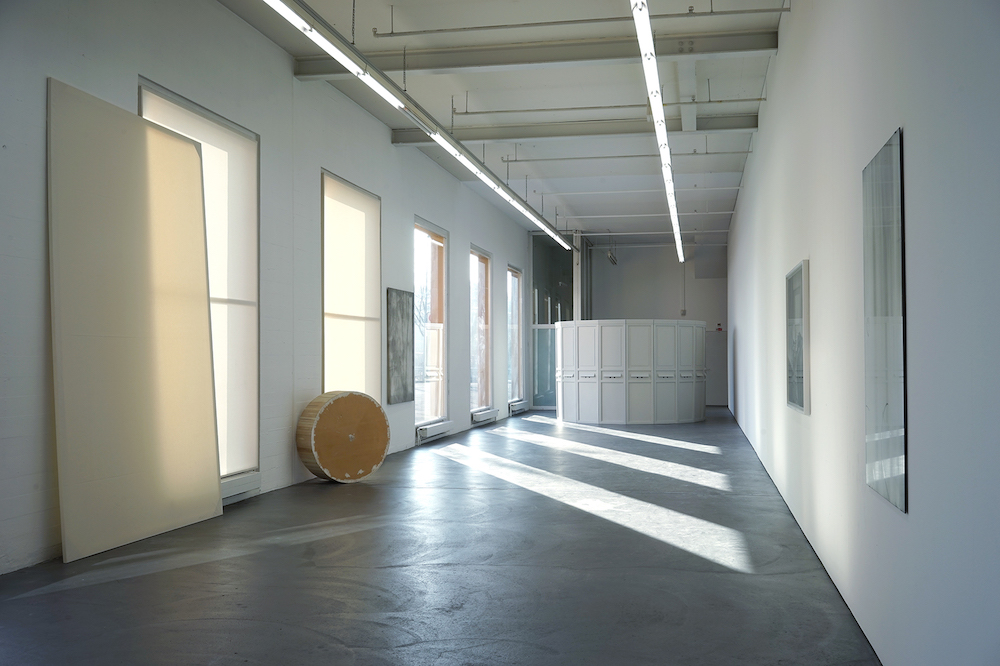
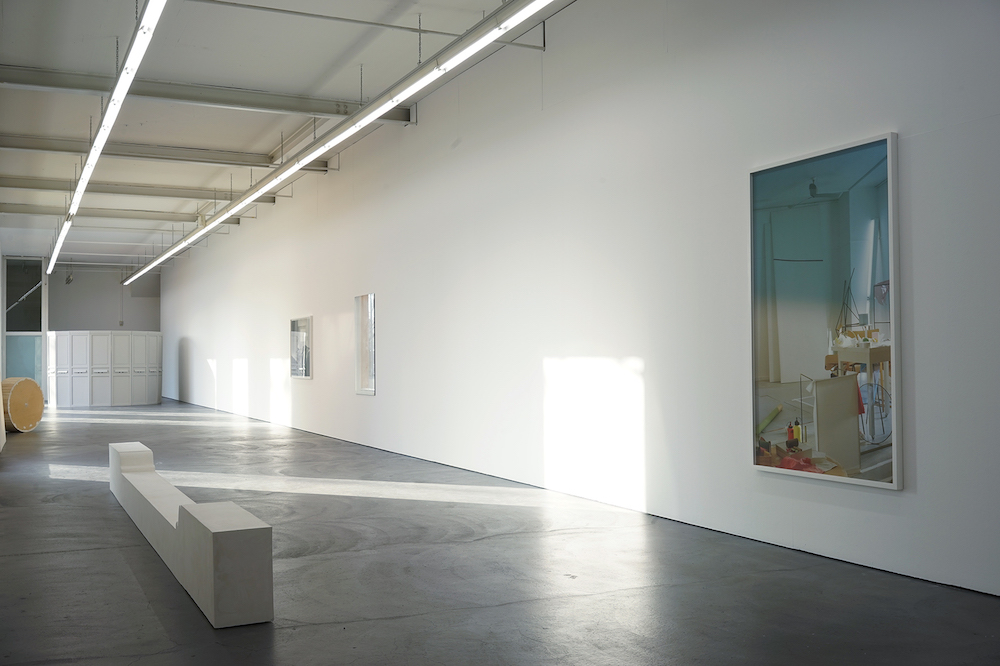
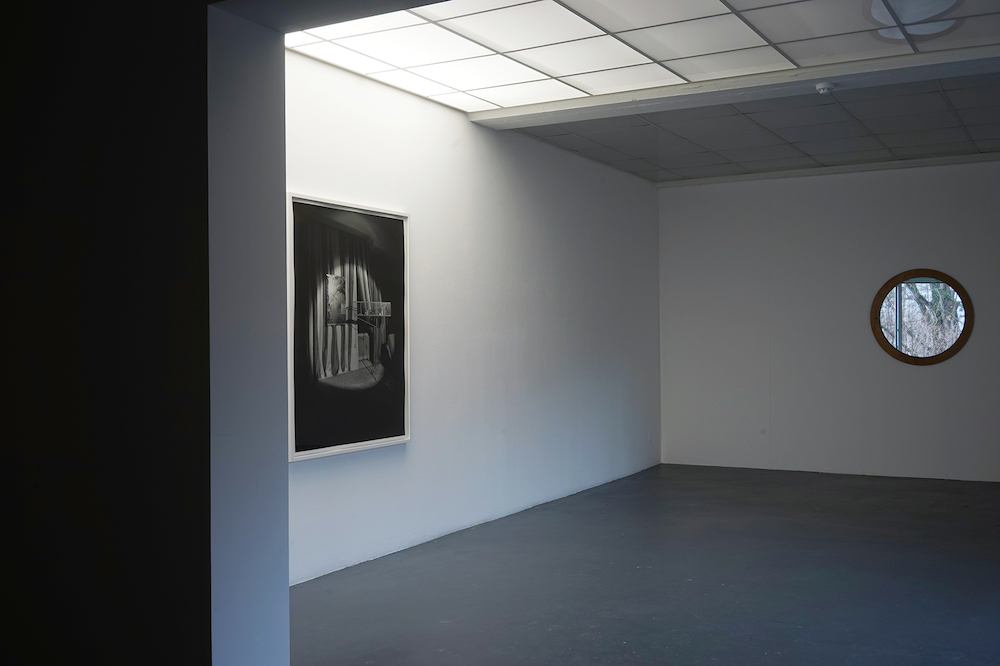
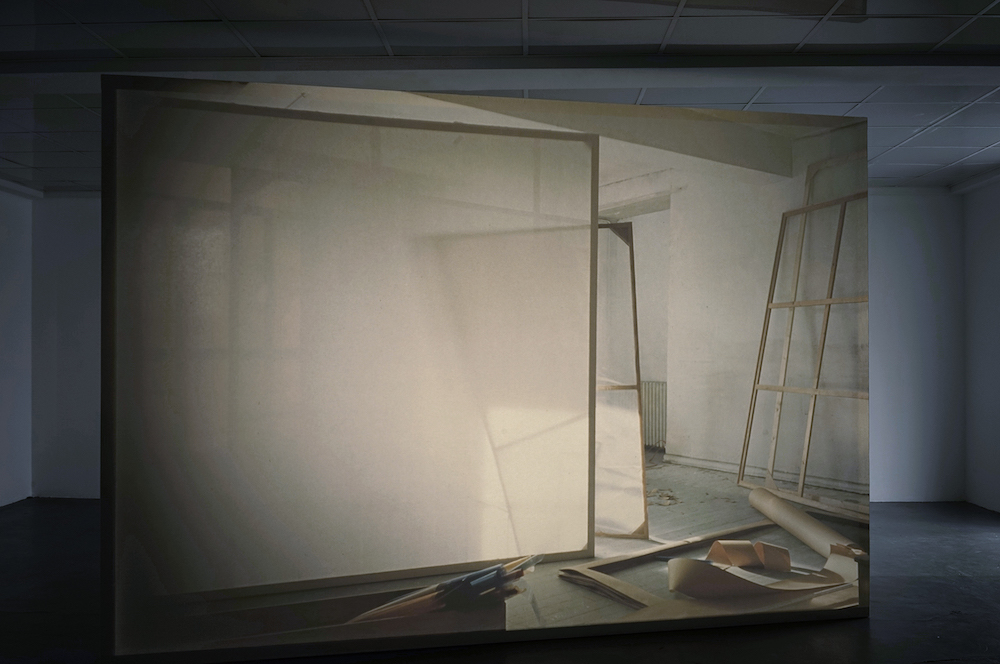
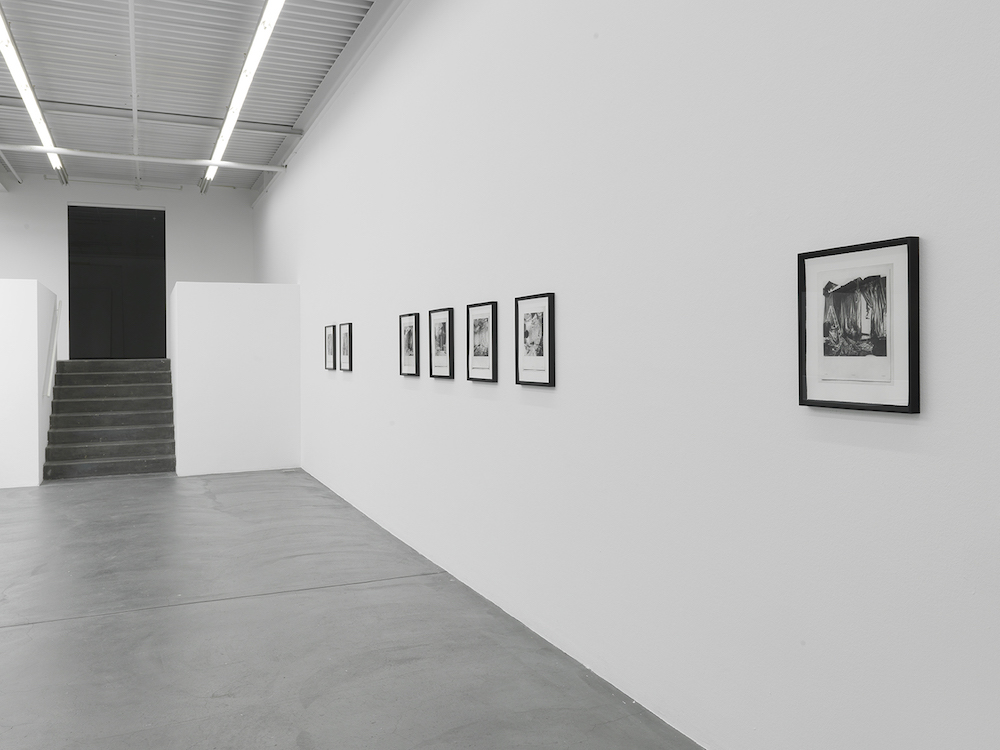
Doris Lasch investigated forms of image production in her first major solo institutional exibition at the Kunsthaus Baselland. At a time when the photographic image seems ubiquitous and the volume of photographically created, not to mention digitally altered, images grows, Lasch questions the processes of this form of generating images using the methods and functionality of photography. Moments or possibilities of image creation are integrated in the exhibition setting in various ways. Between installation, intervention and sculpture, Doris Lasch arranges forms and fragments of a photographic language in the Kunsthaus Baselland spaces, an arrangement that also relates to the architecture of the exhibition space.
Leaving aside the question as to whether and how art can have a therapeutic function — as a means to remember or as a work of mourning — one may still be tempted to approach the work of Doris Lasch via the operations performed by the image mentioned above: negation (of negation), separation, loss and mourning. Although these operations and an accompanying melancholic mood cannot be overlooked when engaging with her work, they seem to be part of a larger, encompassing process named love.
Treating an image or a scene as an autonomous object allows for a certain playfulness, as it has lost its gravity, its supposed relation with reality or with a maker in need of expression or documentation. The possible moves within this play with images are manifold: quotation, repetition, doubling, variation and reflexivity, amongst others. In order to perform these moves a basic attitude is required, namely inclusion. An image can stress its autonomy by exclusion of a supposed origin or externality, but Doris Lasch’s images follow another direction by including what usually remains excluded or veiled. What one gets is an image and its creation, the product and its production, the present and its history, the representation and its object, the seen and the seeing, the interpretation and the traces, the record and the recorder, the light and its source, the look and the looking, the image and its image. As much as images can be related to negation, here we find a general positivity or, simply put, more than our looking expects or ever could have wished for.
Text by Dominiek Hoens
The text is taken from the publication Doris Lasch
The exhibition and publication has been generously supported by: kulturelles.bl, Kanton Basel-Stadt Kultur, Jensen Diaprojektoren, Erna und Curt Burgauer Stiftung and Ernst und Olga Gubler-Hablützel Stiftung.
At the same time of the exhibition by Doris Lasch the solo exhibition by Bianca Pedrina was on display.
